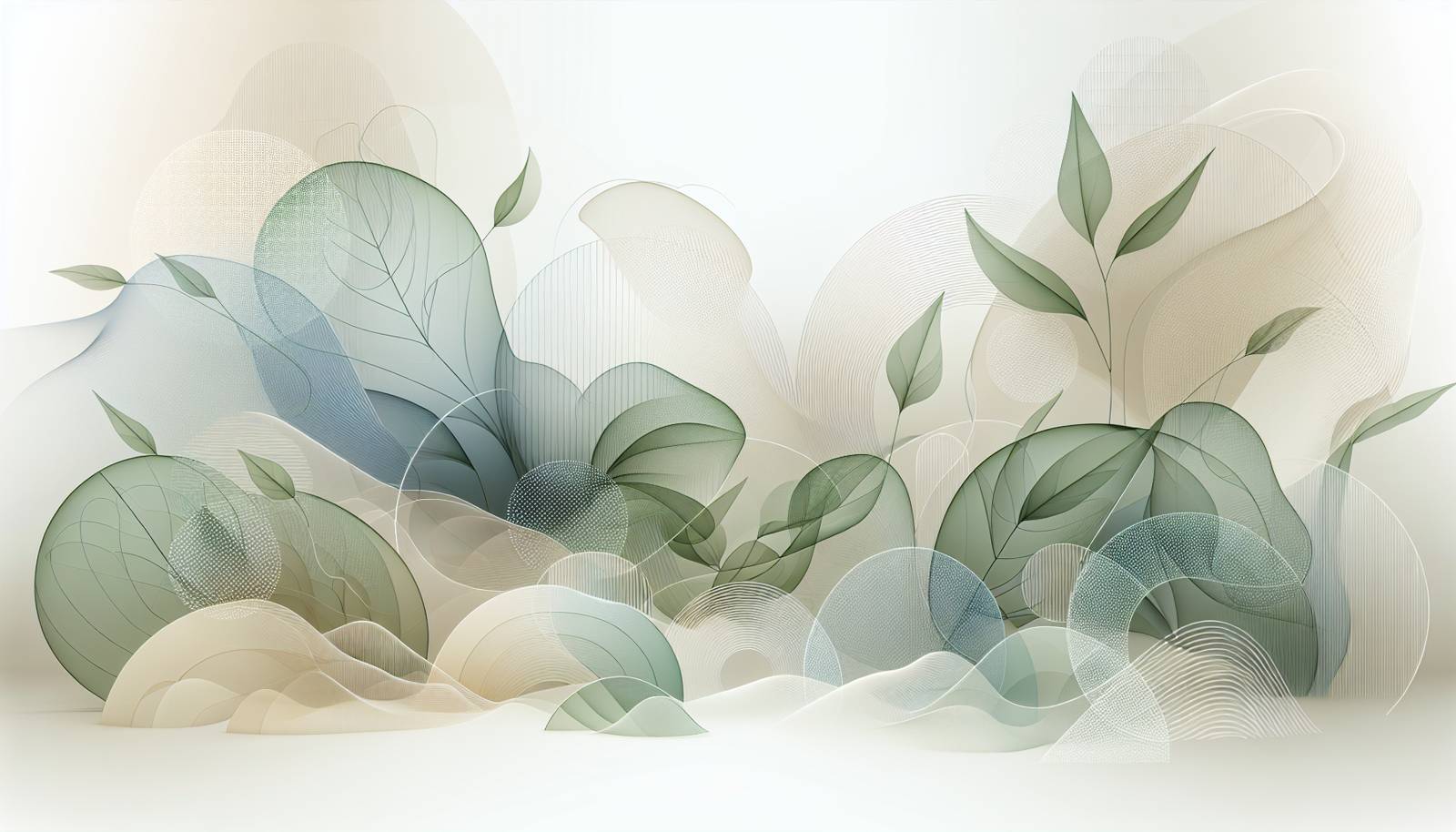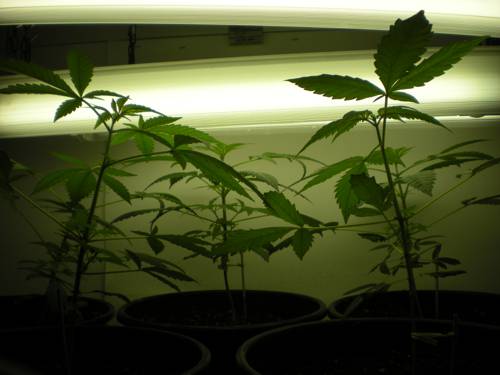
FAQ About Indoor Plant Light Reflector Innovations

What is an indoor plant light reflector?
An indoor plant light reflector is a device or material used to redirect and enhance the distribution of light towards plants. It helps in maximizing the efficiency of the available light, ensuring that plants receive adequate illumination for photosynthesis and growth. Reflectors can range from simple household items like aluminum foil to specialized horticultural reflectors designed for consistent light distribution.

Why are light reflectors important for indoor plants?
Light reflectors are crucial for indoor plants because they help increase the amount of light that reaches the plants by redirecting available light that might otherwise be wasted. This is particularly important in indoor settings where natural sunlight is limited. By using reflectors, gardeners can improve plant growth, enhance photosynthesis, and achieve healthier plants even in less-than-ideal lighting conditions.

What types of light reflectors are available for indoor gardening?
There are several types of light reflectors used in indoor gardening, including:
- Flat Reflectors: Typically made from materials like aluminum or mirrored surfaces, these are placed behind light sources to direct light downwards towards the plants.
- Wing Reflectors: Similar to flat reflectors but with a curved shape that enhances light diffusion.
- Tubular Reflectors: Surrounding the light bulb, these reflectors are designed to focus light efficiently on specific areas.
- Parabolic Reflectors: Designed with a dome shape to evenly distribute light over a wide area.

How do you use a light reflector effectively for indoor plants?
To use a light reflector effectively for indoor plants, position it so that it reflects the maximum amount of light towards the foliage. This usually involves placing the reflector above or around the plants, depending on the type of reflector and setup. Ensure there are no obstructions and the reflective surface is clean to maximize light distribution. Adjust the angles of the reflectors according to plant growth to maintain optimal exposure over time.

Can household materials be used as light reflectors for indoor plants?
Yes, several household materials can be used as makeshift light reflectors for indoor plants. Common options include aluminum foil, white sheets, or mirrors. While these materials can help increase light reflection, they may not distribute light as evenly or efficiently as specialized horticultural reflectors. However, they can still provide a cost-effective solution, especially for small-scale indoor gardens.

What innovations have been made in indoor plant light reflectors?
Recent innovations in indoor plant light reflectors include the use of advanced materials such as Mylar and reflective films that offer high reflectivity and durability. Additionally, adjustable and modular reflectors are becoming popular, allowing gardeners to customize their light setup based on changing plant needs. Some reflectors now incorporate LED technology, enhancing efficiency and light spectrum control.

How does Mylar compare to aluminum foil as a reflector for indoor plants?
Mylar is often preferred over aluminum foil for reflecting light because it offers higher and more uniform reflectivity, typically around 90-95%. It is also less prone to creating hot spots which can occur with the uneven surface of aluminum foil. Mylar's durability and resistance to tearing also make it a more practical long-term solution in indoor gardening environments.

What are the best scenarios to use light reflectors for indoor plants?
Light reflectors are particularly beneficial in scenarios where natural sunlight is insufficient, such as basements, small apartments, or areas with limited window space. They are also useful during the winter months when daylight is shorter. Reflectors can help optimize artificial lighting in grow tents or controlled environments, ensuring all parts of the plant receive adequate light.

How often should you clean light reflectors for optimal performance?
Light reflectors should be cleaned regularly, about once a month, to ensure they reflect light effectively. Dust, dirt, and residue can accumulate on the surfaces, reducing their efficiency. Use a soft, damp cloth to wipe clean smooth surfaces like Mylar or mirrors, ensuring not to scratch or damage the material during the process.

Can light reflectors affect the temperature of the indoor growing environment?
Yes, light reflectors can influence the temperature of an indoor growing environment. By focusing and reflecting light, they can increase the intensity and concentrate more heat around plants, which could be beneficial in colder conditions. However, in warmer climates or poorly ventilated spaces, this might lead to overheating, thus monitoring the temperature and adjusting ventilation is necessary.

Do plants benefit equally from all types of light reflectors?
No, plants do not benefit equally from all types of light reflectors; the reflector's design and material can significantly affect light distribution. For example, a parabolic reflector might be more suitable for wide-coverage needs, while tubular reflectors are best for focused lighting. The plant species and its light intensity requirements also play a role in determining which reflector works best.

What is the role of spectrum in indoor plant light reflectors?
The spectrum refers to the different wavelengths of light that a reflector can direct onto plants. Ensuring that a full spectrum of light is available (including both blue and red wavelengths) is crucial for photosynthesis and overall plant health. Modern reflectors and light setups often include full-spectrum LED lights to better simulate natural sunlight, providing comprehensive light coverage.

Are there energy-efficient options for light reflectors?
Yes, there are energy-efficient options for light reflectors. Using light reflectors with energy-efficient bulbs like LEDs can reduce electricity consumption while maximizing light reflection and distribution. Additionally, advanced reflectors designed to diffuse light evenly can reduce the need for excess lighting, contributing to overall energy savings.

How does reflector placement affect indoor plant growth?
Reflector placement is crucial for optimal light absorption by indoor plants. Placing reflectors too far can dilute the light intensity, while placing them too close can lead to light burn. The ideal position is to ensure an even spread of light over the entire plant canopy, adapting placement as plants grow and their light needs change to ensure consistent illumination.

Can light reflectors be used with natural sunlight to enhance plant growth?
Yes, light reflectors can be used effectively alongside natural sunlight to enhance plant growth. By placing reflectors strategically around windows or light sources, they can help redirect sunlight to reach deeper parts of the plant or to areas that typically receive less light, helping distribute natural light more evenly across the plants.

What is the lifespan of a typical indoor plant light reflector?
The lifespan of an indoor plant light reflector depends on the material and usage conditions. High-quality materials like Mylar or aluminum can last for many years if maintained properly, with regular cleaning and handling. However, exposure to high light intensity and environmental factors may degrade their reflective capability over time, necessitating replacement or reconditioning.

Do light reflectors require any maintenance?
Yes, light reflectors require maintenance to function effectively. Regular cleaning to remove dust or stains, checking for cracks or deformations, and ensuring they are securely positioned are all part of typical maintenance routines. Proper care will help maintain their reflective properties and extend their lifecycle, ensuring optimal performance.

What common mistakes should be avoided when using light reflectors?
Common mistakes include placing reflectors too close to the light source, causing heat spots, using worn-out or dirty reflectors, and ignoring the specific lighting needs of plants. Additionally, not adjusting reflectors as plants grow can lead to uneven lighting. Ensuring proper setup and maintenance will prevent these issues and promote healthy plant development.

Are custom light reflector setups worth the investment for indoor gardens?
Custom light reflector setups can be worth the investment, particularly for larger or specialized indoor gardens where standard reflectors might not meet specific requirements. Tailored setups can optimize light distribution, improve growth conditions, and significantly enhance the effectiveness of artificial lighting systems, leading to better plant health and yields.
